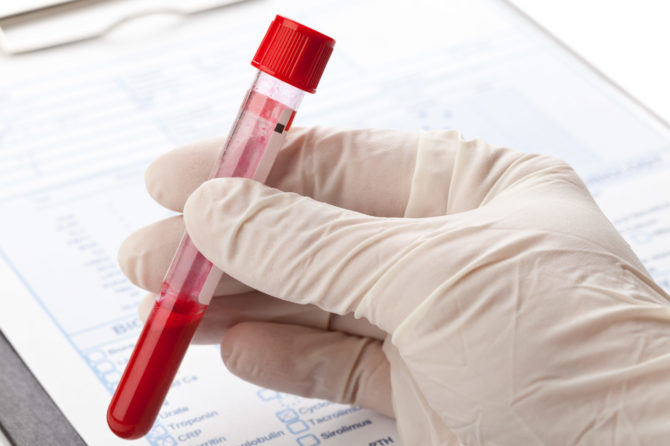
STD Blood Test Results Explained
No person worried about their well-being should be kept in the dark about testing methods and procedures. STDs are confusing and frightening enough on their own. Unfortunately, there are nearly as many myths about STD testing as there are STDs themselves. At Same Day STD Testing, it’s our goal to educate as many people as possible about sexual wellness and the STD testing process. Today then, we’ll be focusing on a common issue related to STD identification: blood testing. Not sure whether you need a blood test, or what to expect when you receive one? Then this blog is for you. Here’s everything you could ever want to know about STD blood test results explained:
Which STDs Require Blood Tests?
Contrary to popular belief, not all STDs require a blood sample to identify. Instead, medical professionals can test for STDs like chlamydia or gonorrhea through urine samples or genital swabs. Furthermore, other STDs like genital warts are most readily identified through a visual examination. STDs that call for blood samples are syphilis, hepatitis, herpes, and HIV.
How Long Do Blood Tests Take to Come Back?
Unfortunately, there is no uniform answer to this question. How long a blood test will take to deliver a result depends on a number of factors including the type of infection and the length of time a person has been infected. It may sound odd, but many STD blood tests don’t actually determine the presence of a given disease. Instead, most STD blood tests monitor the presence of antibodies produced in response to a disease. The immune system will create specific antibodies to combat specific diseases –– and it can take some time for those antibodies to develop.
In the case of HIV, it will take at least three weeks (though possibly more than a month) after initial exposure before a professional can administer an antibody test with confidence. Fortunately, if you decide to get tested through one of our facilities for HIV, you can expect your test results back much sooner. We use both the 4th generation HIV antibody/antigen and the RNA/PCR test methods to determine results as quickly as possible. In some instances, RNA/PCR testing can produce accurate HIV test results in as few as ten days after initial exposure. In general, we strive to deliver results within two-to-five days after an STD test.
False Positives and False Negatives
False positives and false negatives, though rare, do occur in STD testing. We’ve come a long way in regard to perfecting testing technology, but some degree of error still exists in regard to test results. It can be difficult to say exactly what causes false positives or negatives since each case is unique. Nevertheless, when it comes to particularly serious diseases like HIV, testing centers should insist on taking a second test to corroborate results. It’s also worth noting that at Same Day we use only the most up-to-date and reliable testing methods.
Leave a reply

Leave a reply